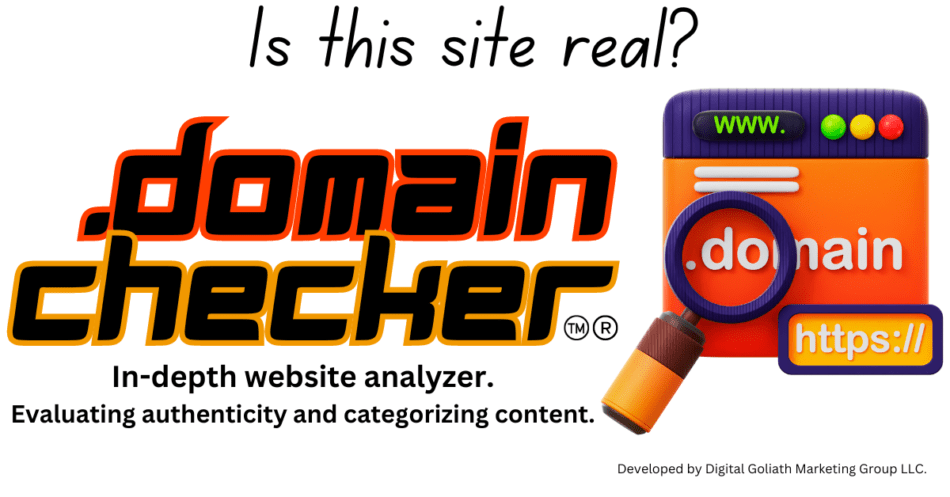We have a few tips on getting a great result.
Crafting a killer meta description is an essential part of optimizing your website for search engines. A meta description is a brief summary of your webpage’s content that appears underneath the page title in search engine results. Writing a compelling meta description can help increase click-through rates and drive more traffic to your website. In this article, you will learn how to write a killer meta description that will improve your website’s visibility on search engines.

Crafting the Perfect Meta Description To create a perfect meta description, you need to keep it short and sweet, use relevant keywords, and make it engaging. Your meta description should be no longer than 155-160 characters, and it should accurately summarize the content of your webpage. Use relevant keywords that match the user’s search query to help your webpage rank higher in search engine results. Finally, make your meta description engaging and unique to entice users to click on your webpage.
Advanced Meta Description Techniques Once you have mastered the basics of writing a killer meta description, you can use advanced techniques to make it even more effective. For example, you can use power words to make your meta description more compelling, such as “free,” “guaranteed,” or “limited time offer.” You can also use numbers to make your meta description stand out, such as “5 easy steps to improve your website’s SEO.” By using these advanced techniques, you can create a meta description that stands out from the competition and drives more traffic to your website.
Key Takeaways
- A killer meta description is essential for optimizing your website for search engines and increasing click-through rates.
- To craft the perfect meta description, keep it short and sweet, use relevant keywords, and make it engaging.
- Advanced techniques, such as using power words and numbers, can make your meta description even more effective.
Crafting the Perfect Meta Description

Crafting a killer meta description is an essential part of your SEO strategy. A well-crafted meta description can entice users to click on your link, resulting in an increase in click-through rate (CTR) and a higher ranking on the search engine results page (SERP). Here are some tips on how to write an effective meta description that will improve your user experience and help you achieve your SEO goals.
Understanding the Basics
A meta description is an HTML tag that provides a concise summary of the content of your webpage. It should be no longer than 160 characters and should include your target keyword and relevant keywords. A unique meta description for each page of your website is essential for effective SEO.
Writing Engaging Content
To write an engaging meta description, you need to understand your target audience and what they are looking for. Your meta description should be written in an active voice, and it should entice users to click on your link. Incorporating a call to action can also be effective in increasing your CTR.
Incorporating Keywords
Incorporating your target keyword and relevant keywords into your meta description is essential for SEO. However, it is important to avoid keyword stuffing and to ensure that your meta description reads naturally.
Optimizing for Click-Through Rate
Optimizing your meta description for click-through rate is crucial for effective SEO. To increase your CTR, your meta description should be concise, engaging, and provide a clear value proposition to the user. It should also be unique for each page of your website and should accurately reflect the content of the page.
In short, crafting a killer meta description is an essential part of your SEO strategy. By understanding the basics, writing engaging content, incorporating keywords, and optimizing for click-through rate, you can create an effective meta description that will improve your user experience and help you achieve your SEO goals.
Advanced Meta Description Techniques

Crafting a killer meta description is a crucial aspect of SEO. It’s not enough to simply write a brief summary of your page. You need to create engaging and unique descriptions that entice users to click through to your website. In this section, we’ll explore some advanced techniques that can help you create killer meta descriptions.
Leveraging SEO Tools
There are several SEO tools available that can help you create killer meta descriptions. One such tool is the Yoast plugin for WordPress. This plugin includes a meta description generator that can help you create unique and engaging descriptions for your pages. Additionally, Ahrefs is a powerful tool that can help you analyze your competitors’ meta descriptions and identify opportunities to improve your own.
Analyzing Competitor Descriptions
Analyzing your competitors’ meta descriptions is a great way to identify opportunities to improve your own. Take a look at the descriptions they’re using and try to identify what makes them effective. Are they using specific keywords? Are they addressing the user’s search intent? Use this information to create your own killer meta descriptions.
Avoiding Common Pitfalls
There are several common pitfalls to avoid when creating meta descriptions. One of the most common is using duplicate meta descriptions across multiple pages. This can confuse search engines and lead to your descriptions being truncated or ignored altogether. Additionally, be sure to avoid using overly generic descriptions that don’t accurately reflect the content of your page. Finally, be sure to keep your descriptions concise and to the point. Users are more likely to click through to your page if they can quickly understand what it’s about.
By leveraging SEO tools, analyzing your competitors’ descriptions, and avoiding common pitfalls, you can create killer meta descriptions that drive clicks and improve your search engine rankings.
Frequently Asked Questions

What are the essential components of a compelling meta description?
A compelling meta description should include a brief summary of the content on the page. It must be concise and relevant to the user’s search query. It should also include a call-to-action that entices the user to click through to the page.
How can I ensure my meta description is effective for SEO purposes?
To ensure that your meta description is effective for SEO purposes, you should include the primary keyword for the page in the meta description. This helps search engines understand the content of the page and show it in relevant search results. Additionally, the meta description should accurately reflect the content of the page to avoid misleading users and search engines.
What is the optimal length for a meta description to maintain search relevance?
The optimal length for a meta description is between 150-300 characters. In late 2017, Google extended the length of meta descriptions to approximately 300-350 characters. However, it is important to ensure that the most important information is included in the first 150 characters, as this is what is typically displayed in search results.
Can you provide best practices for writing meta descriptions that attract clicks?
To write meta descriptions that attract clicks, you should focus on creating a compelling and unique description that stands out from other search results. Use active language and include a call-to-action that entices users to click through to your page. It is also important to accurately reflect the content on the page and include the primary keyword for the page.
How does a meta description impact the click-through rate for a webpage?
A well-written meta description can significantly impact the click-through rate for a webpage. It provides users with a brief summary of the content on the page and entices them to click through to learn more. A compelling meta description can increase the likelihood that a user will click on your page, which can improve your search engine rankings and drive more traffic to your website.
What tools are recommended for checking the quality of a meta description?
There are several tools available to check the quality of a meta description, including Yoast SEO, Google Search Console, and SEMrush. These tools can help you analyze your meta descriptions for length, keyword usage, and overall effectiveness. By using these tools, you can ensure that your meta descriptions are optimized for search engines and designed to attract clicks from users.


